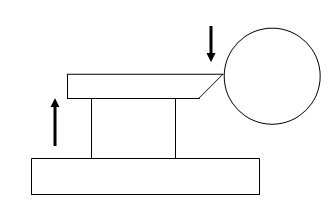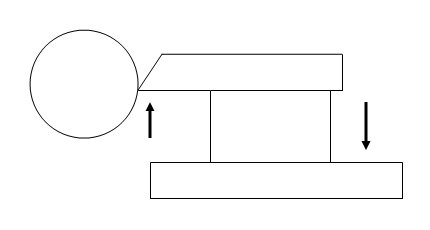A lot of us run a partoff blade, and other tools slightly below center. I know many of you don't, and that's fine. But to say never do it isn't quite right either. When I say below center, of course I'm not talking about 1/8" of anything. But when you get right down to it, center height gives you fine control of the rake angle. Granted, most tools are ground to specific rakes and are presented to the work at centerline. But if you need or want a little more negative rake, just lower it a bit. In parting, this isn't going to explode or anything. In fact, I have noticed a much reduced cutting pressure is required when you're hand feeding. The error of off center is far more bearable low than high. If the tool is high, you will rub on the heel of the tool and it will take much more pressure to get it to cut, and this tends to cause the blade to deflect easily. The only risk to running low, and remember, I'm only talking about a few thousandths, is when you get to the middle if solids, the work may, and I say may, try to climb up on top, but not much. And there may be a small nub in the center you can't cut off with the parting tool. Of course, in the case of parting a tubular piece, that's not a problem.
I'm not trying to start any arguments, but only stating my own preference and experience.



